Today, the biggest news comes from Ukraine.
Here, a new digital logistics system is being tested, that could redefine how soldiers on the frontline receive weapons and equipment, directly ordering them from the central hubs. By bypassing traditional command chains and eliminating reliance on crowdfunding, the project could expose deeper truths about what modern war really demands.
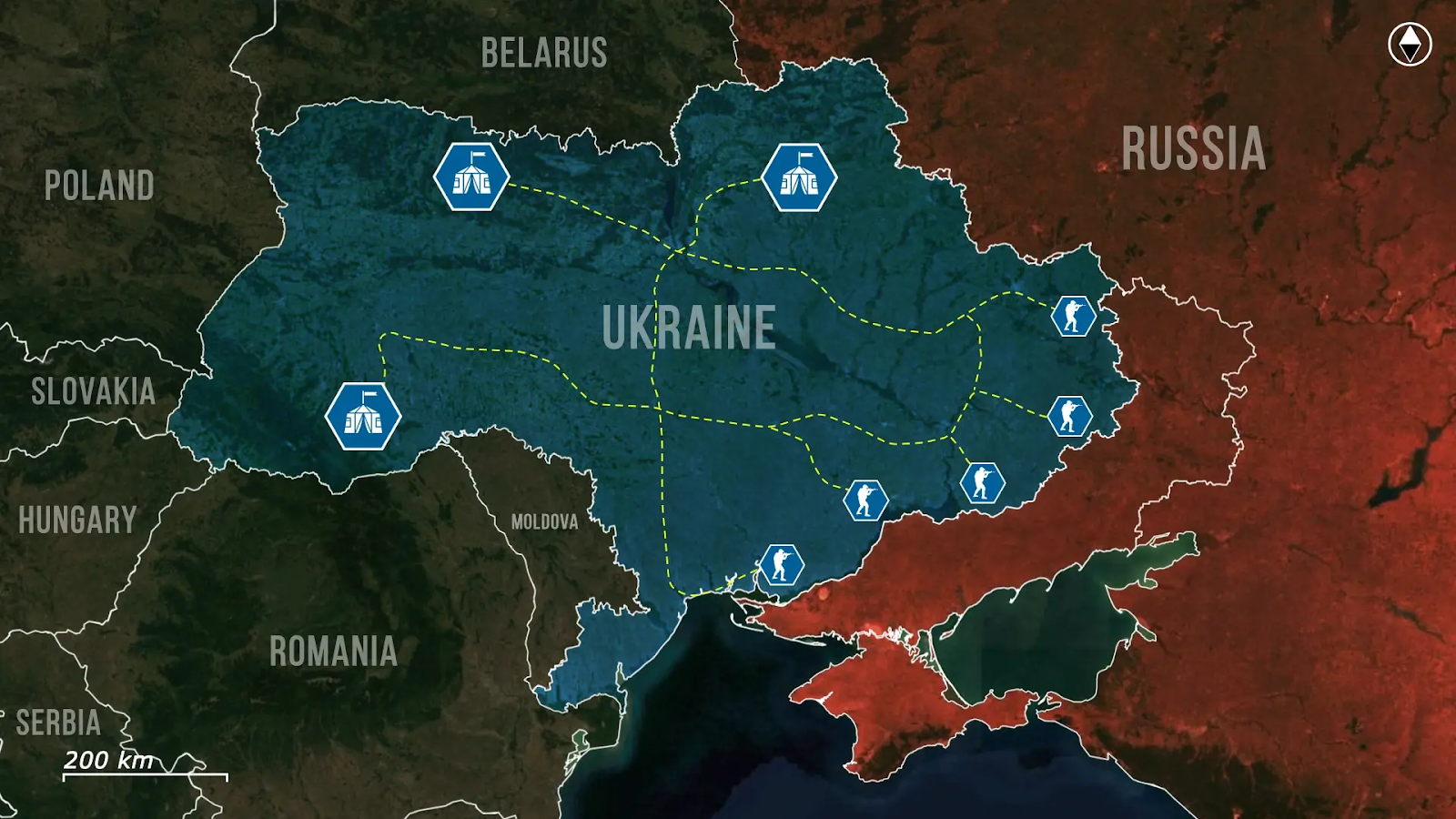
Ukraine has launched Dot-Chain Defense, a digital procurement platform designed to let brigades order weapons, drones, and electronic warfare tools directly from official suppliers and central logistics hubs. Each unit receives its own digital account to browse, order, and track deliveries of equipment without needing to send requests up the chain of command. Ten brigades are currently involved in the pilot phase, with one billion hryvnias or 24 million dollars in funding allocated through the Ministry of Defense. Unlike traditional logistics chains, where requests go up the command ladder and back down again, this system lets those on the frontlines pick what they need, reserve it, and track delivery themselves. The goal is to reduce delivery times from months to weeks, and to remove guesswork from procurement by turning the frontline soldier into the decision-maker.
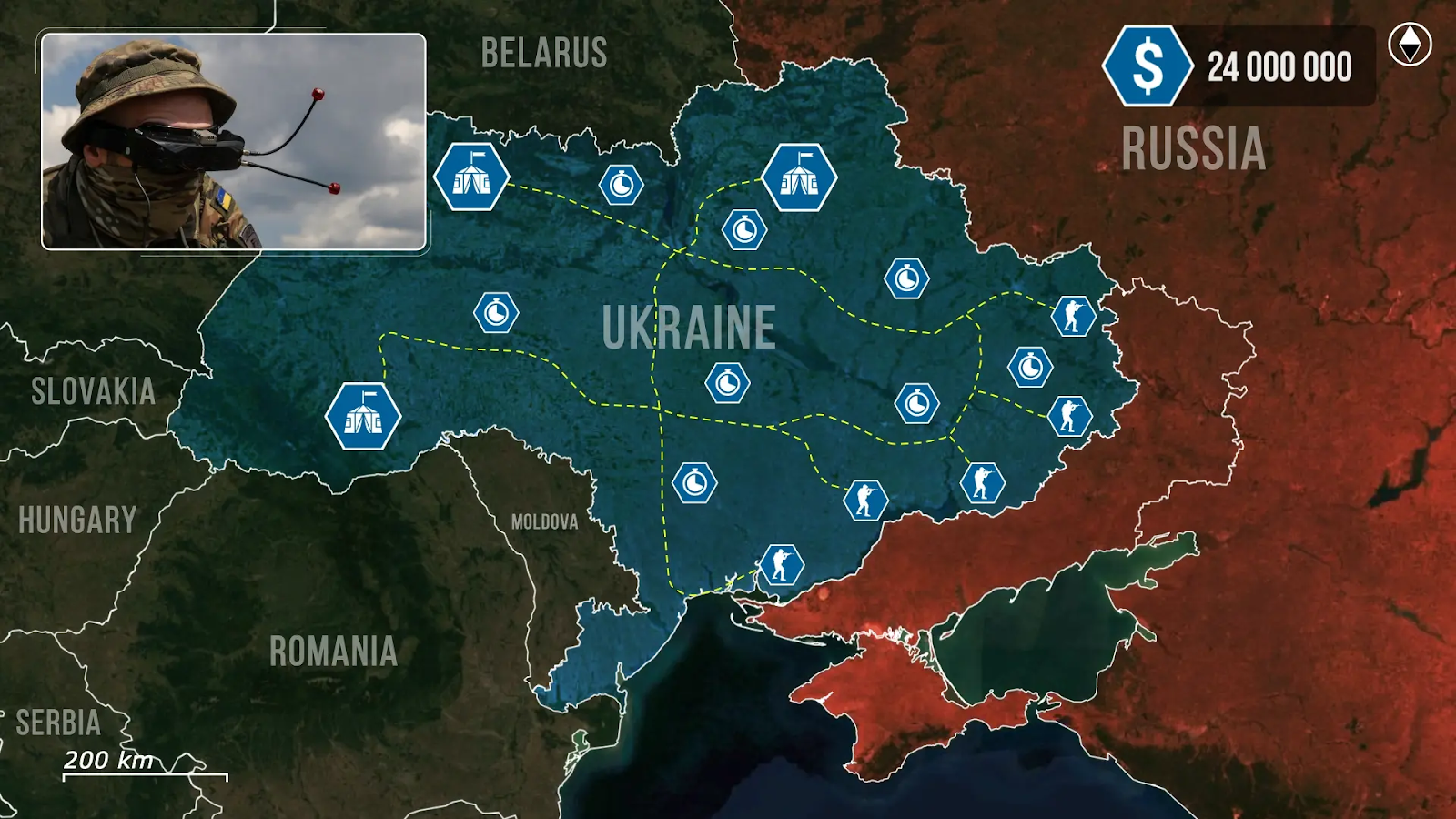
That is a sharp departure from how the system usually works. Under current conditions, brigades waiting on gear often run out of time. The formal channels are too slow, and so most units now rely on crowdfunding, either through personal networks or volunteer organizations.

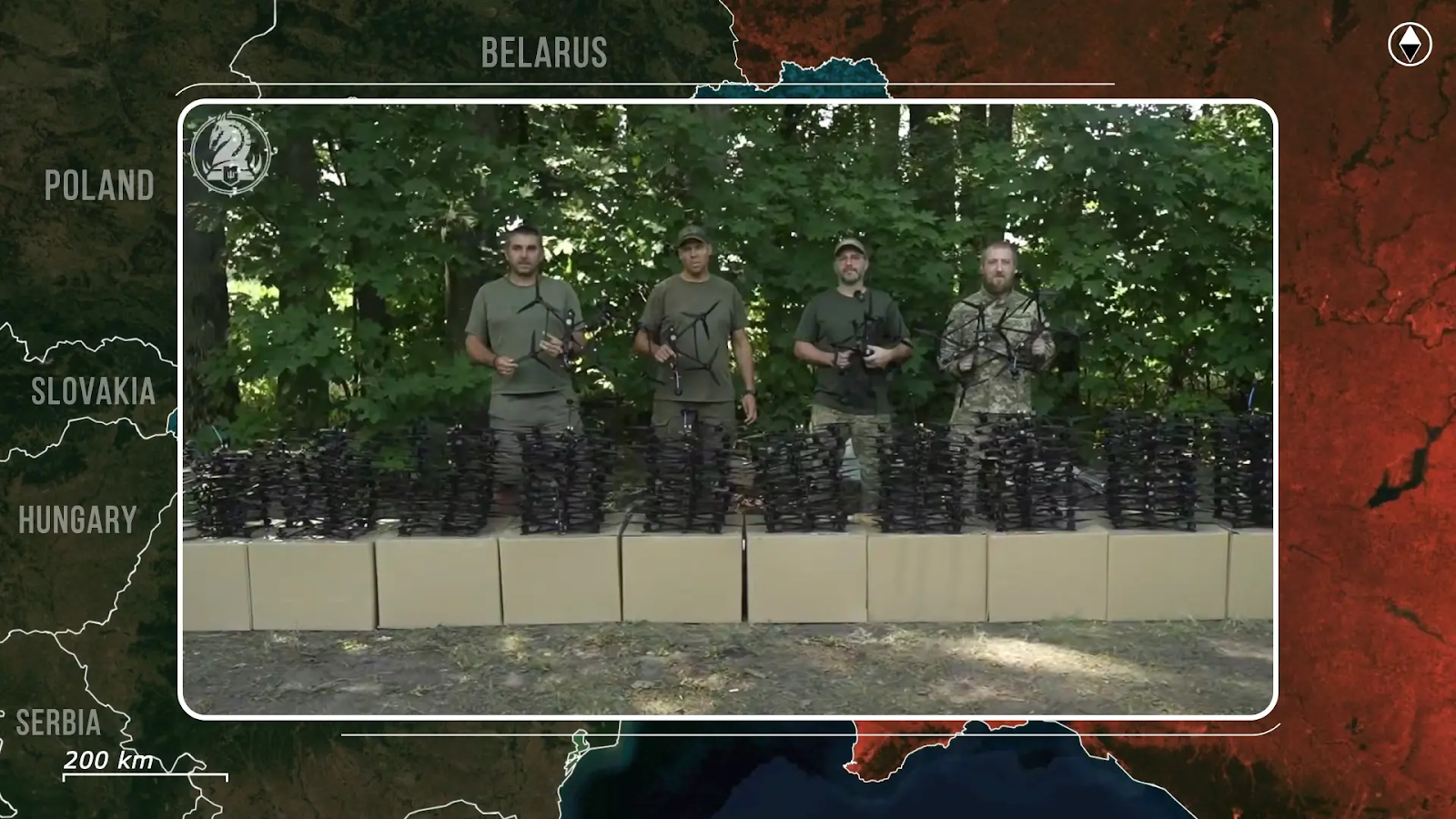
This works best for brigades with a strong online presence, especially those that share drone footage, combat updates, or compelling narratives to gather a large online support base to request from. However, those who are less active in the media often struggle to attract the same donations, even when they face identical or greater threats and needs.
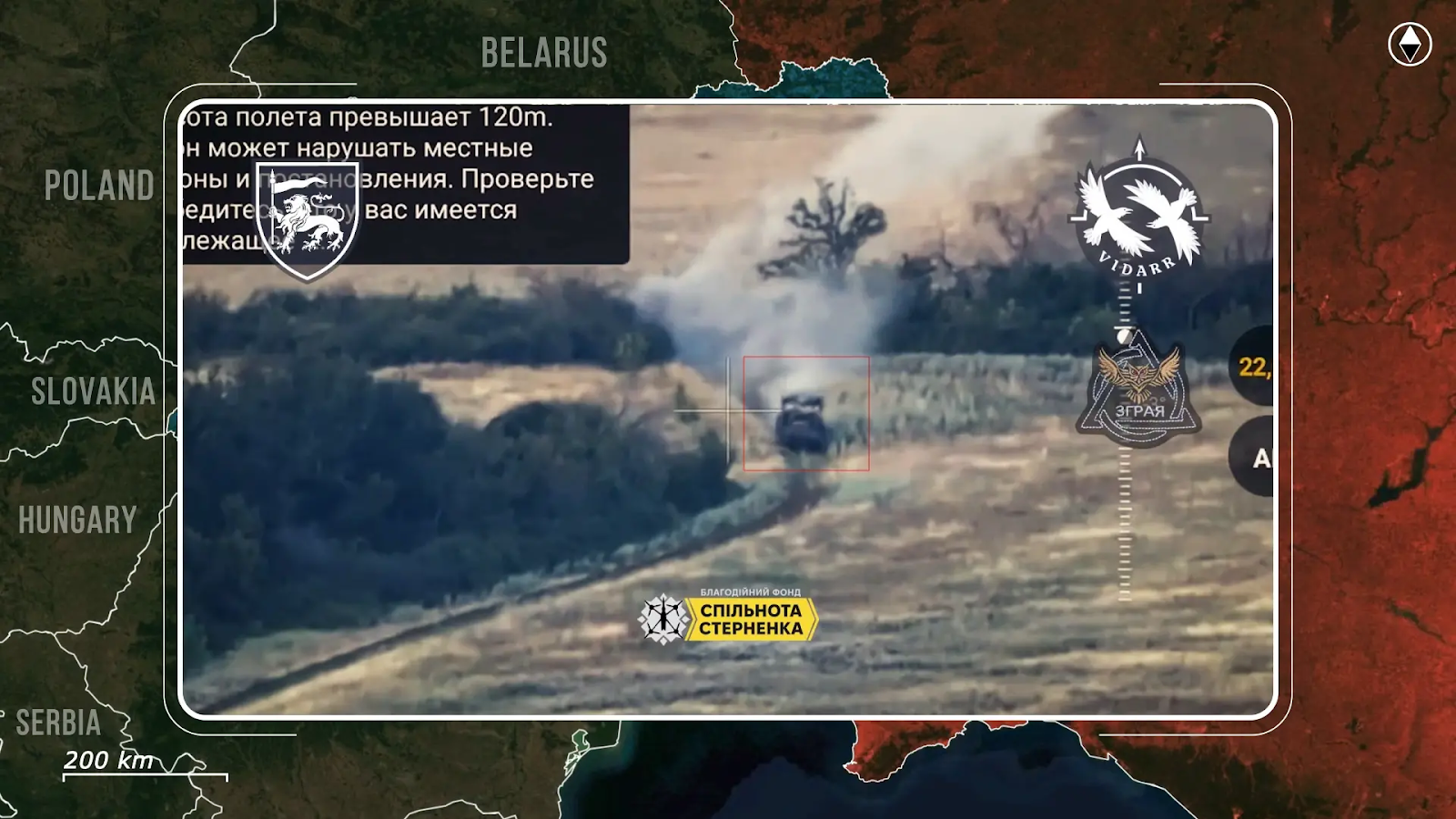
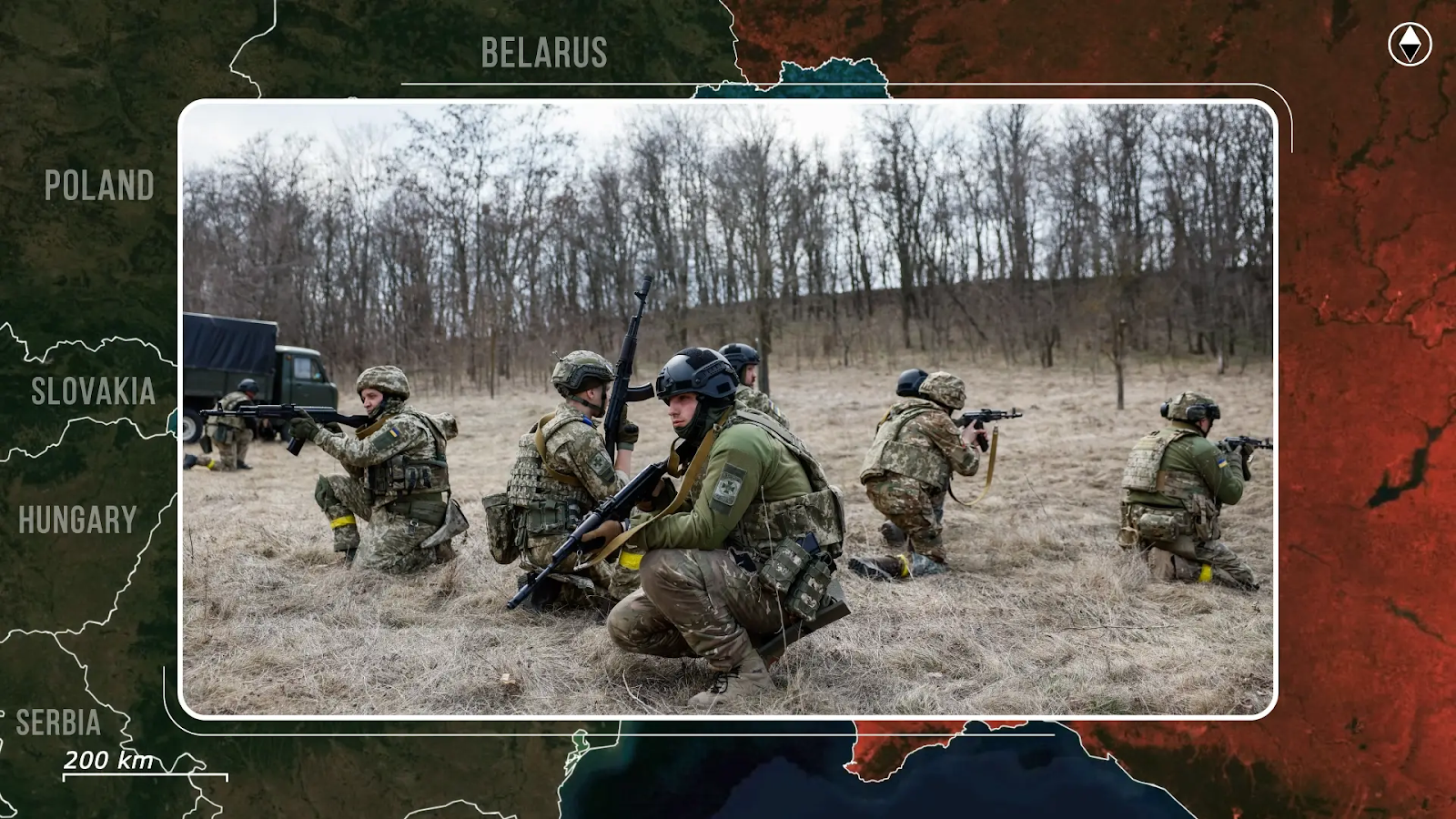
The result is a patchwork system of supply, one where online visibility can mean the difference between receiving lifesaving electronic warfare and drones or going without. If Dot-Chain works as intended, it could fix that imbalance by removing the dependency on outside volunteers, cutting down on delivery times, and giving every brigade a direct channel to the gear they need.
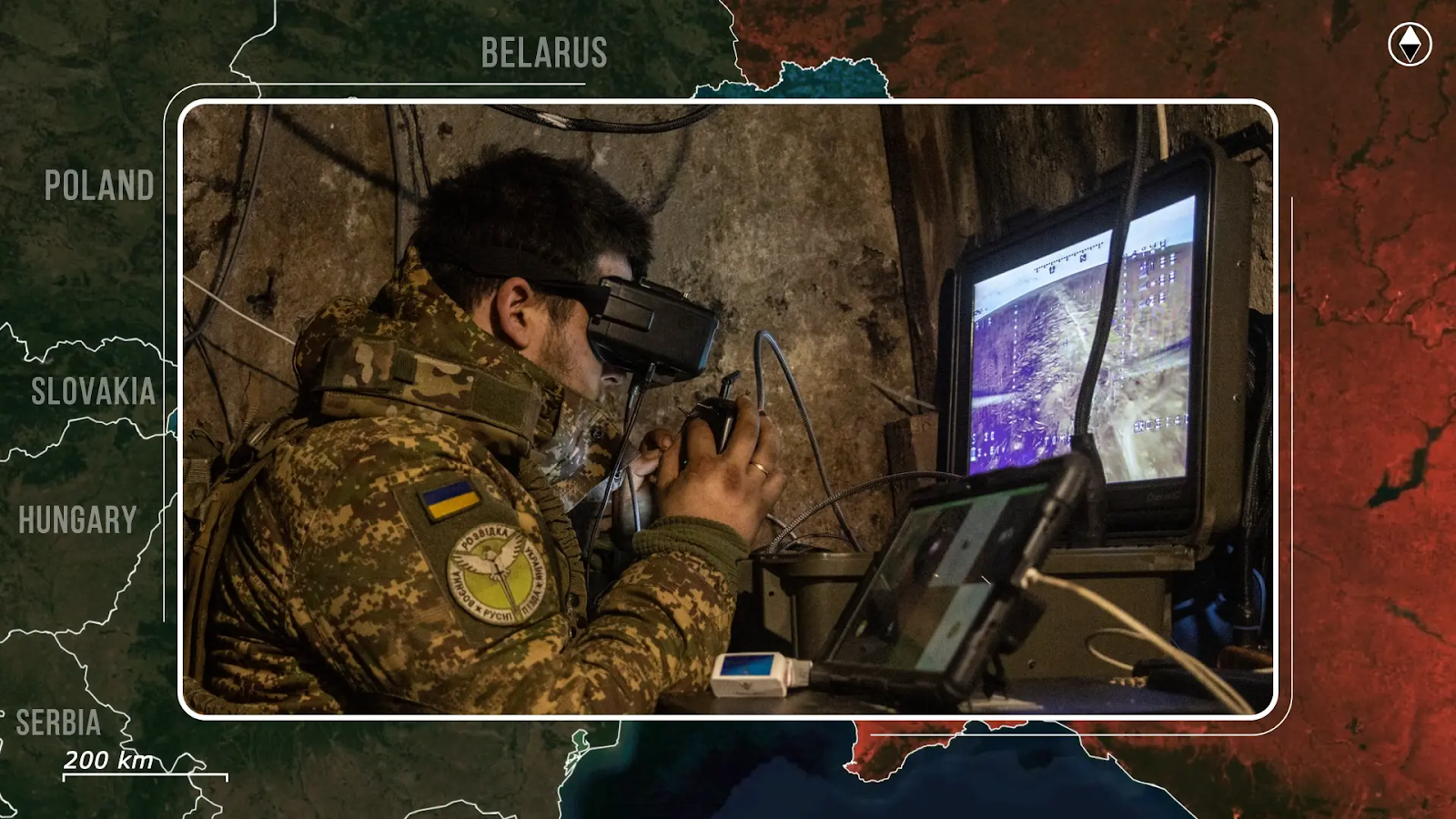

But the system is not ready for large-scale rollout yet; one of the core challenges is the distribution of funding. Some brigades will need more equipment at different times, so assigning an equal sum to each unit is both inefficient and potentially dangerous if it leads to critical shortages for some units. On the other hand, a fully personalized system, where funding is constantly adjusted based on the reality on the ground, would require a new level of bureaucracy, oversight, and prioritization logic that would cost an immense amount of resources and opens the door to corruption. Striking the right balance between flexibility and fairness is one of the reasons the program is still in the pilot phase. Dot-Chain may be digital and fast, but funding allocation still hinges on the same questions armies have always faced: who needs what, and who gets it first?
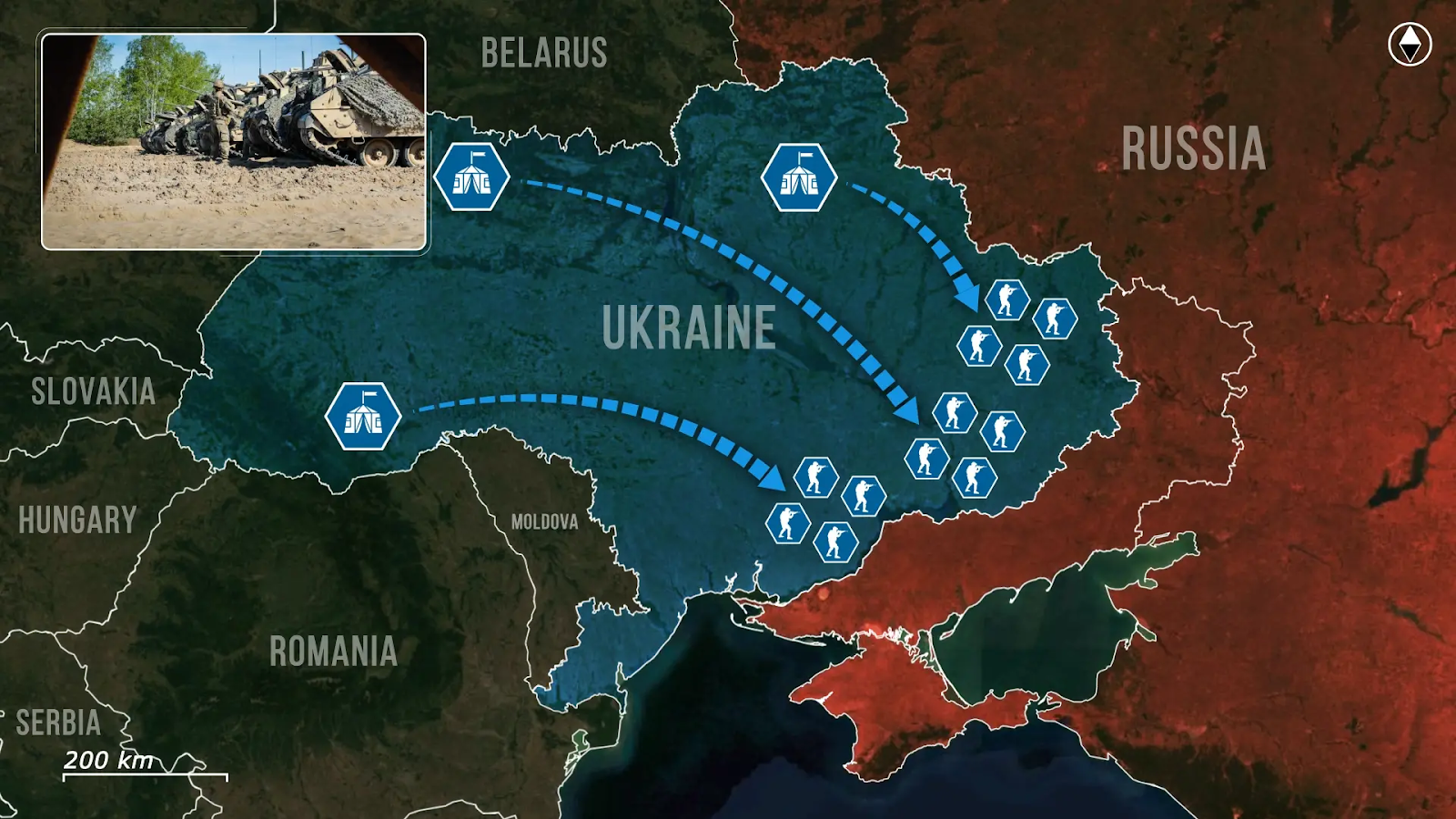
Still, even in this early stage, the system offers something extremely valuable, namely data. Dot-Chain gives the Ukrainian military a clearer picture of what frontline units want and use. That visibility matters, not only does it guide future procurement decisions, but it also helps defense manufacturers understand demand and adapt production accordingly. Units can leave reviews, suggest improvements, and give feedback directly through the platform. In this sense, the system is not just a marketplace; it is also a sensor network for the entire logistics chain. Every order becomes a data point, helping decision-makers allocate resources more efficiently and helping Ukraine’s defense industry stay connected to battlefield realities.
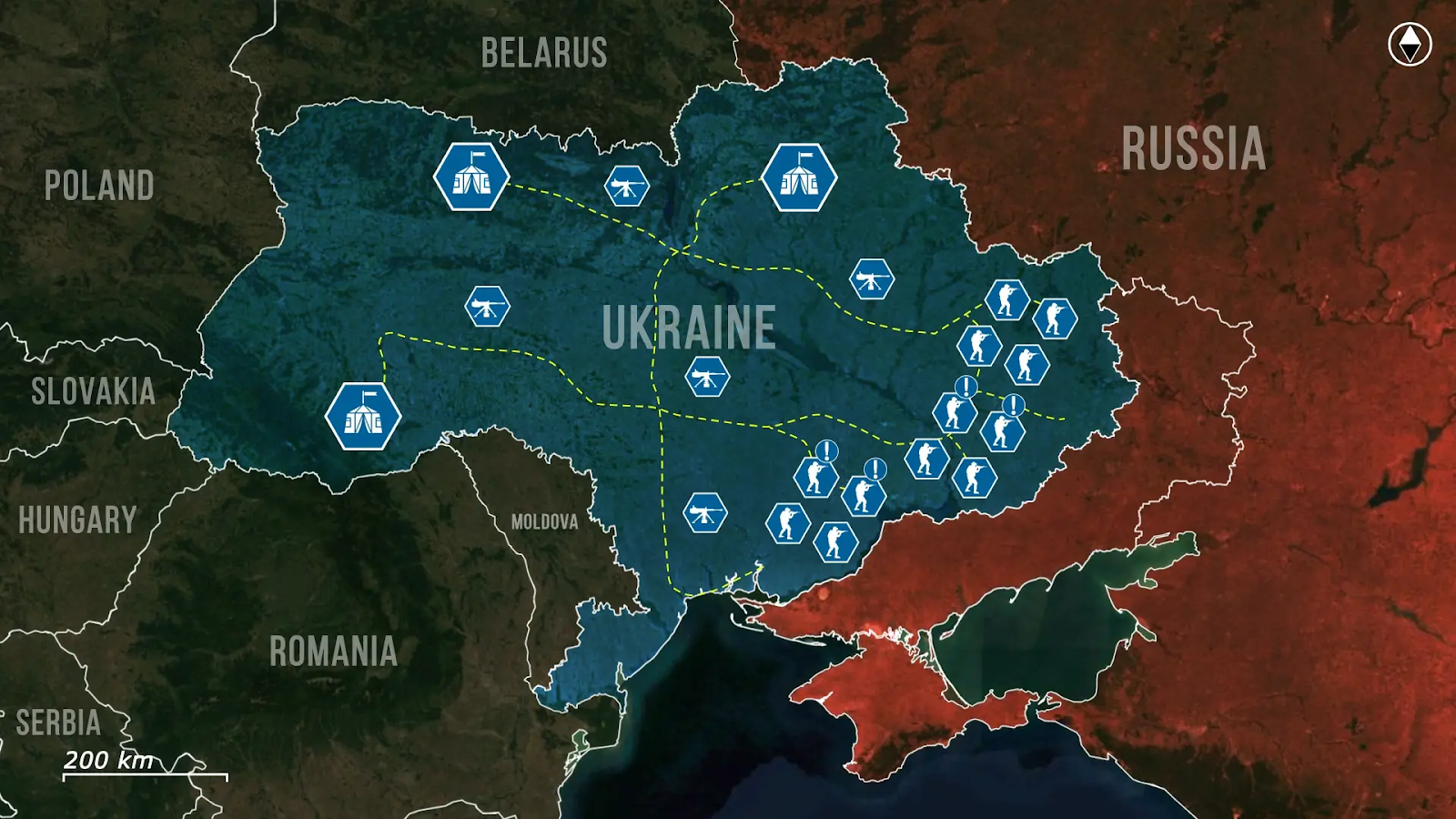
Overall, Dot-Chain marks a shift in how Ukraine thinks about military logistics, not just as a supply issue, but as a command challenge. By letting frontline soldiers shape procurement directly, the system replaces guesswork with demand-driven decisions. If scaled up successfully, it could end Ukraine’s dependence on informal aid networks and create a more resilient, transparent, and adaptive logistics system. The road ahead will require technical fixes and careful balancing of funds, but the logic is clear: the faster a soldier can get the tool they need, the better they fight, and the higher the probability that they survive.
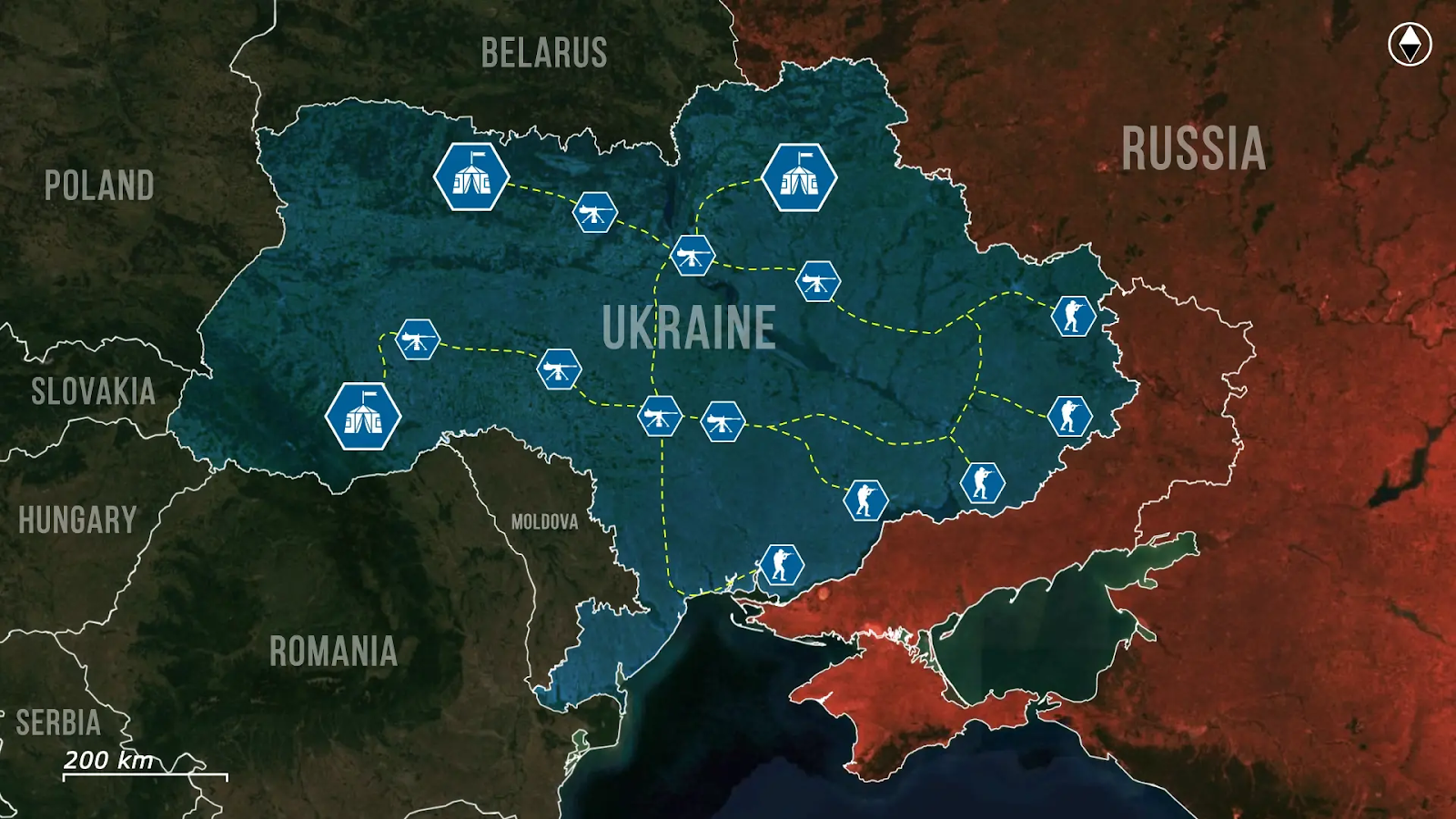









.jpg)
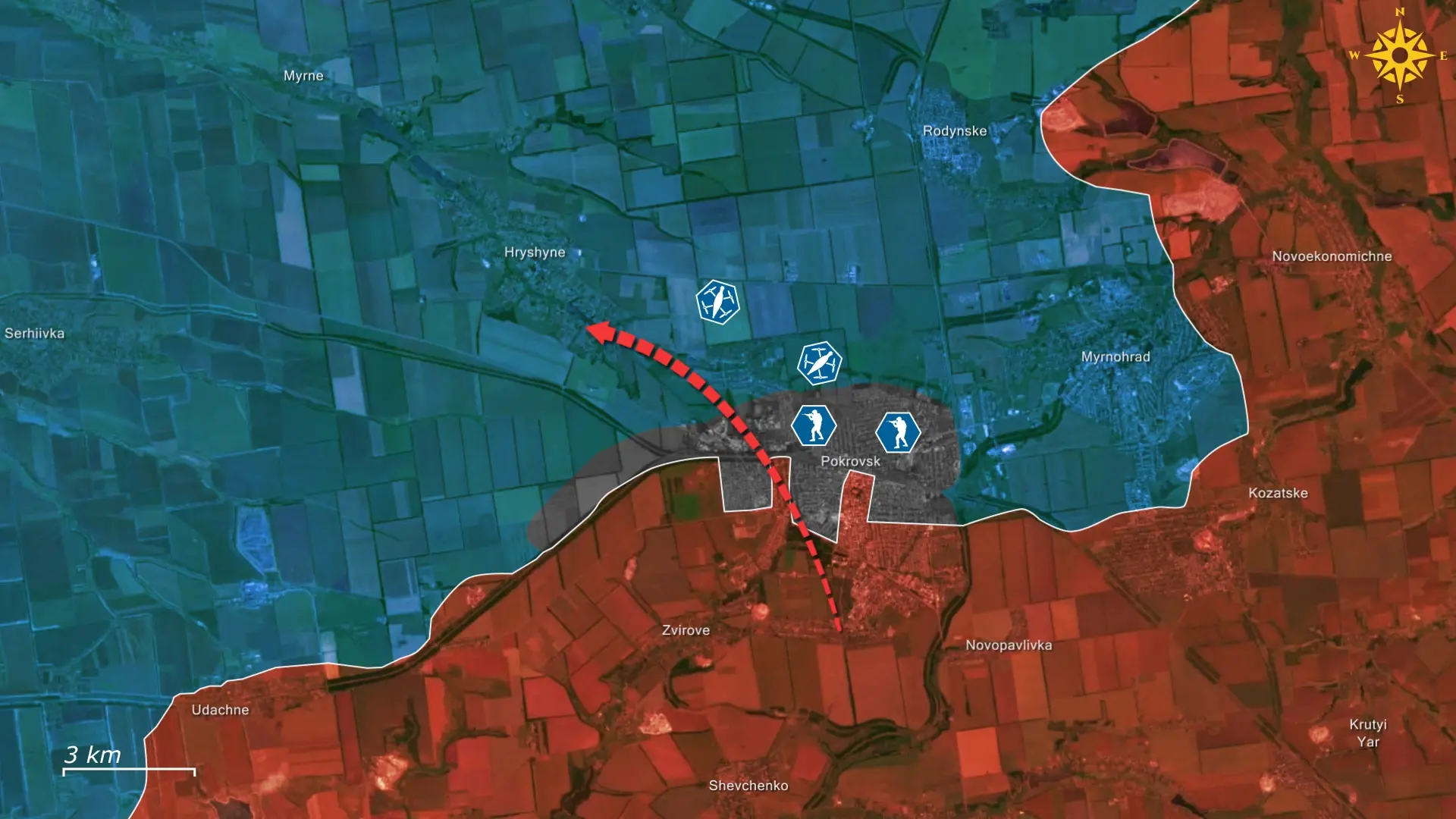
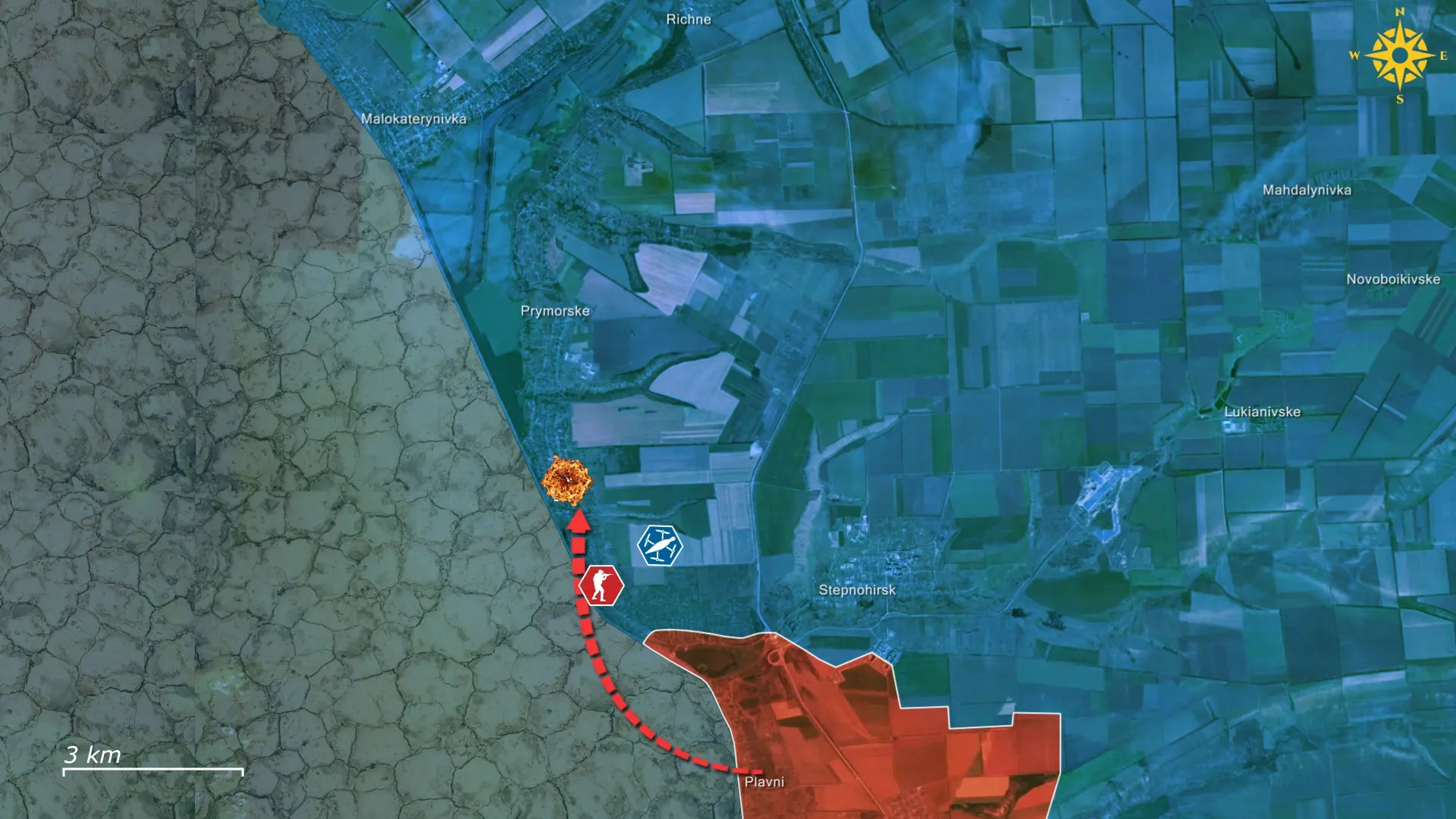
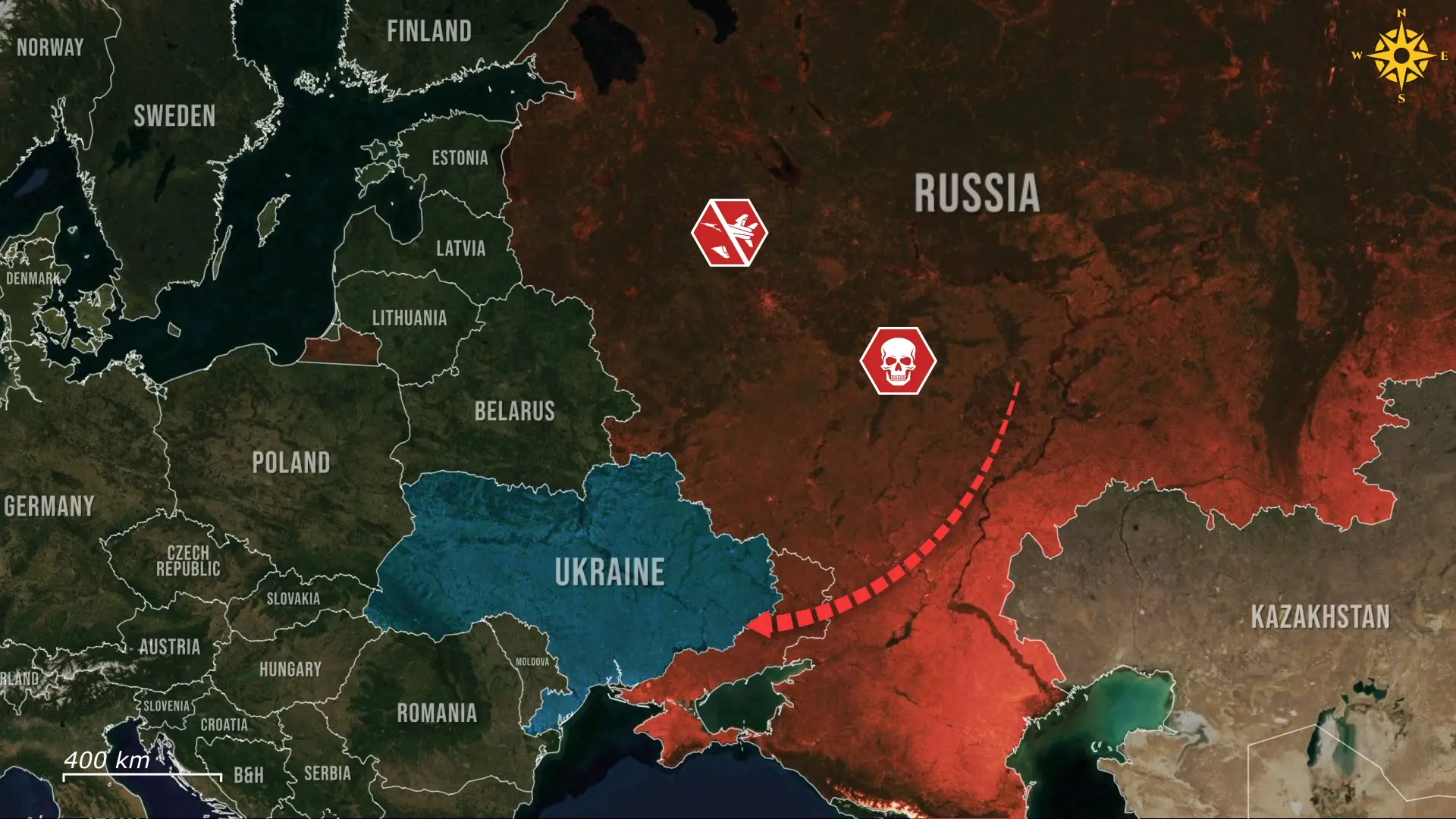
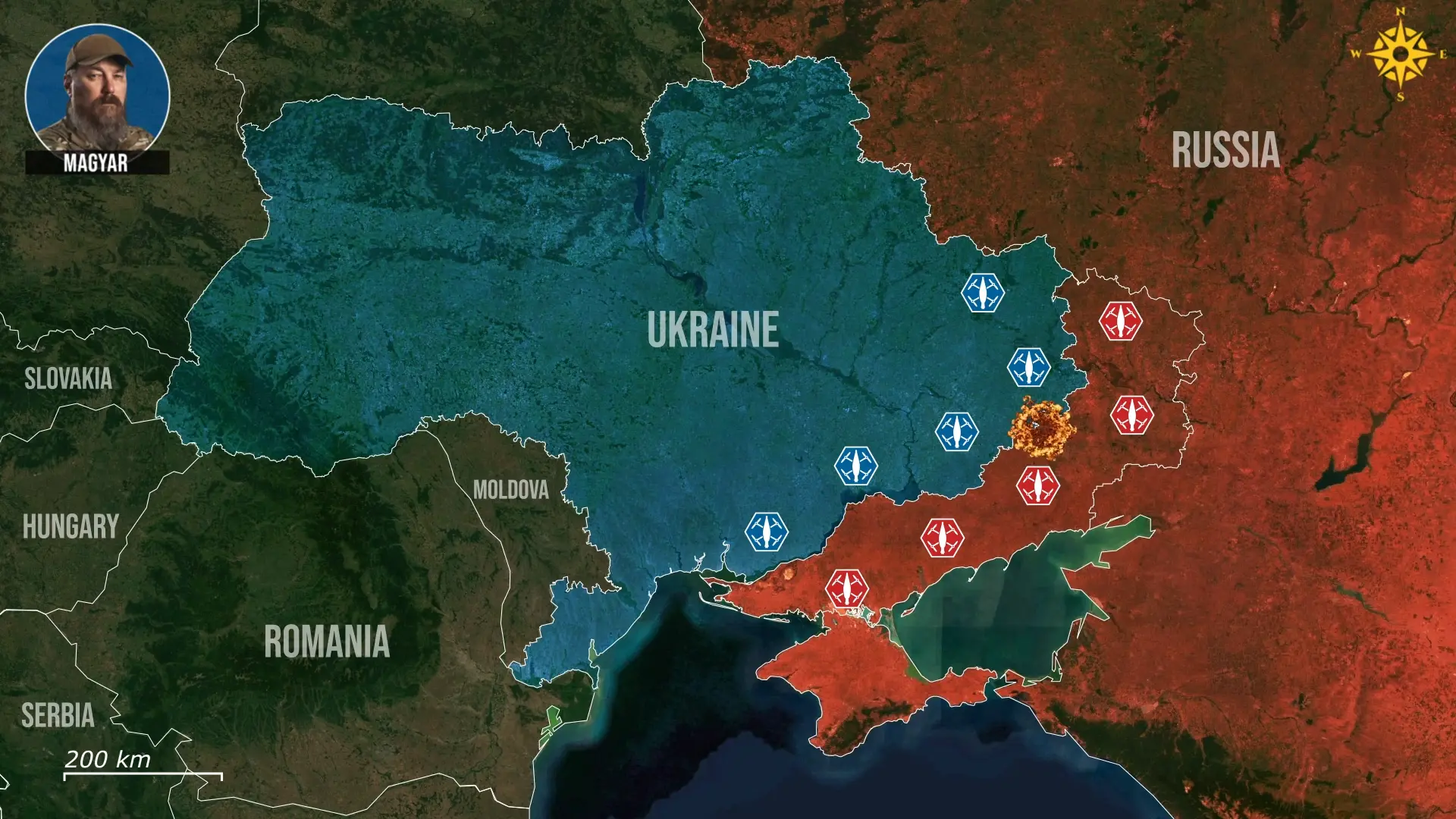



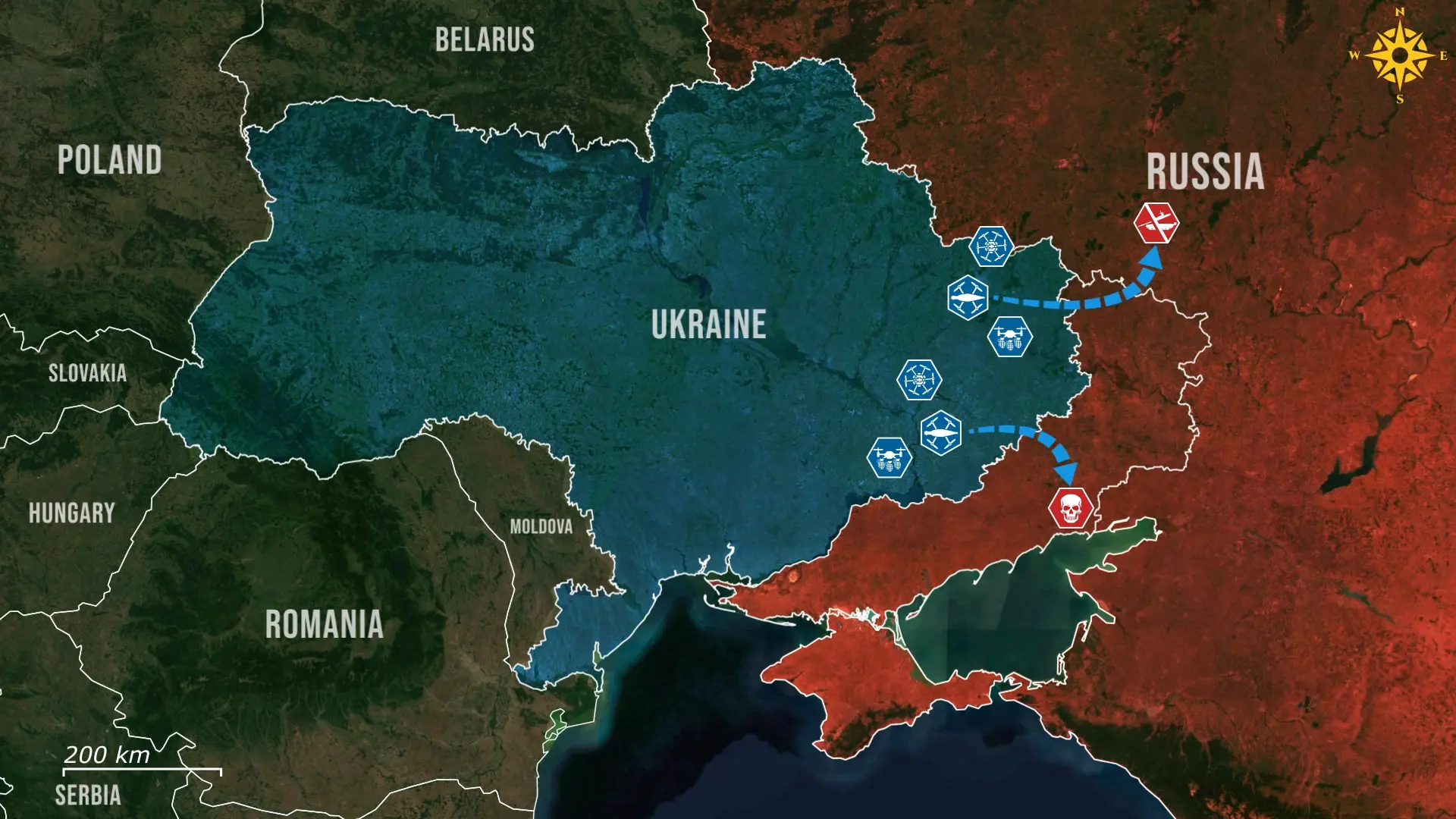
Comments